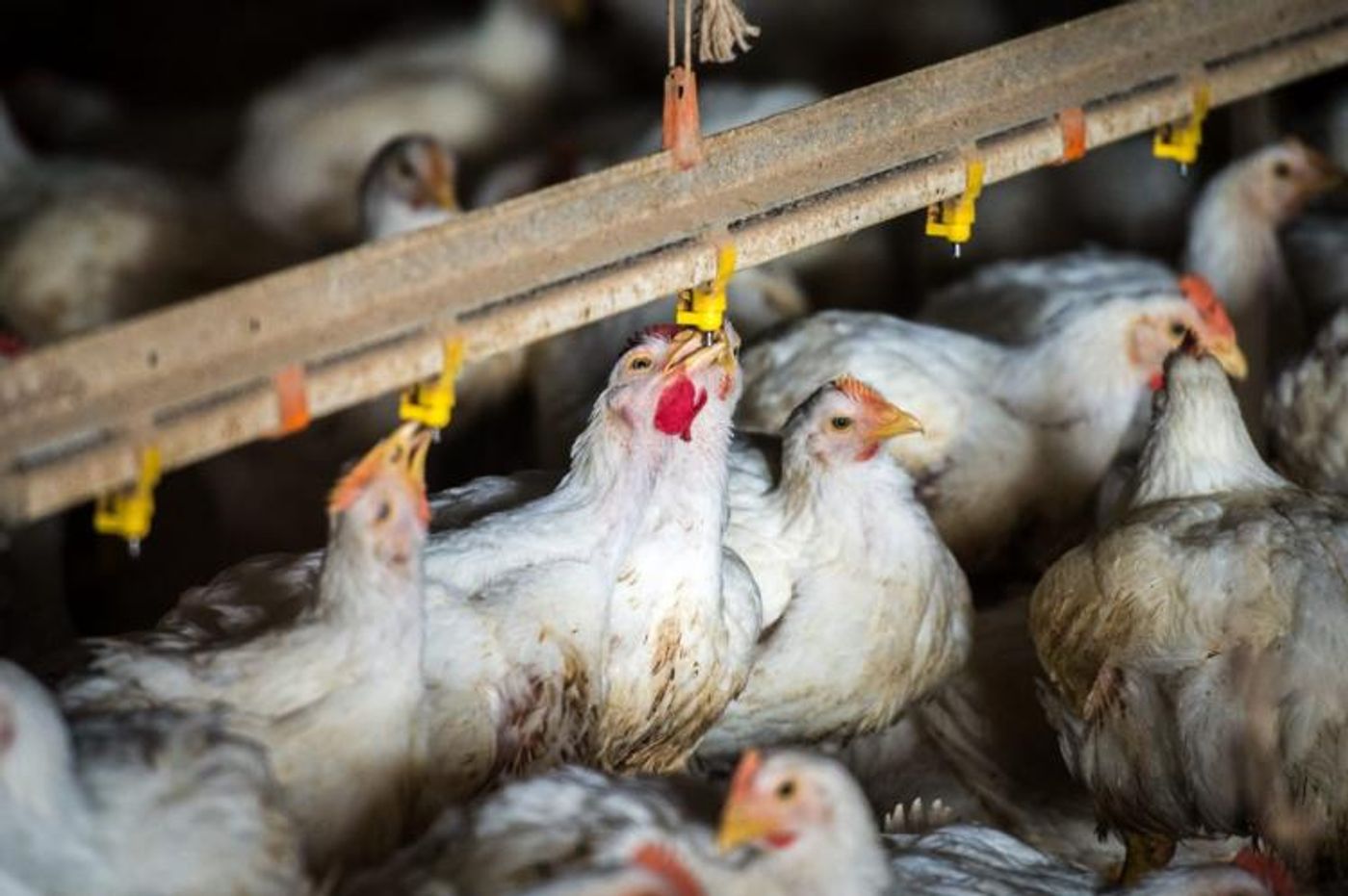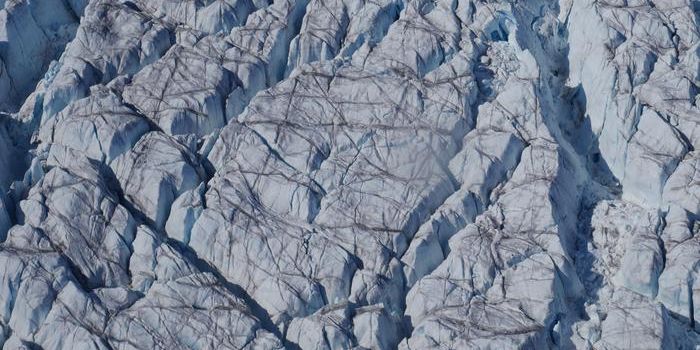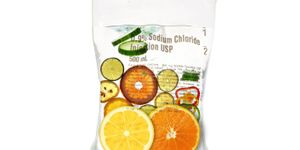Due to torrential rains from Hurricane Matthew, rivers in eastern North Carolina are flooding a region that is home to poultry giants Tyson, Sanderson Farms, Inc., and Perdue Farms. These animal farms produced about 823 million chickens for meat last year, according to the U.S. Department of Agriculture. North Carolina is also home to one of the globe's highest concentrations of pork production. Clustered mainly in five counties in the state's southeast region, 2,000 large-scale hog operations churn out about 10 million hogs annually, more than any other state except Iowa. Agriculture is the state’s largest economy, generating about $84 billion to the economy, according to the North Carolina Department of Agriculture and Consumer Services.

The animal death toll was highest among chicken farms, with roughly 5 million birds perishing in the rising waters, according to North Carolina environmental officials. It's unclear how many pigs were killed in flooded farms but Rick Dove, an environmentalist for the Waterkeeper Alliance, said he saw thousands of floating carcasses, the Washington Post reported.
Chicken carcasses will be disposed of primarily through composting inside the houses where the chickens were being raised, North Carolina officials said. The state's agriculture department said it had asked the U.S. Federal Emergency Management Agency for about $5 million to help cover composting costs.
However, not only animal corpses are streaming out of inundated farms. Together with the state's chicken houses, North Carolina's hog barns generate 10 billion gallons of fecal waste annually, "enough to fill more than 15,000 Olympic-size swimming pools," reports Environmental Working Group, much of it stored in open cesspools known as "lagoons."
Mother Jones reports, “Hog manure is loaded with pathogenic bacteria, including antibiotic-resistant ones,antibiotic residues, and plenty of nitrate, which fouls drinking water and also feeds dead-zone-causing algae blooms.” The waste, mixing with water, may eventually make its way into rivers, streams and the Atlantic Ocean, threatening drinking water and other ecosystems.
Sources:
Mother Jones,
Reuters,
NY Daily News









